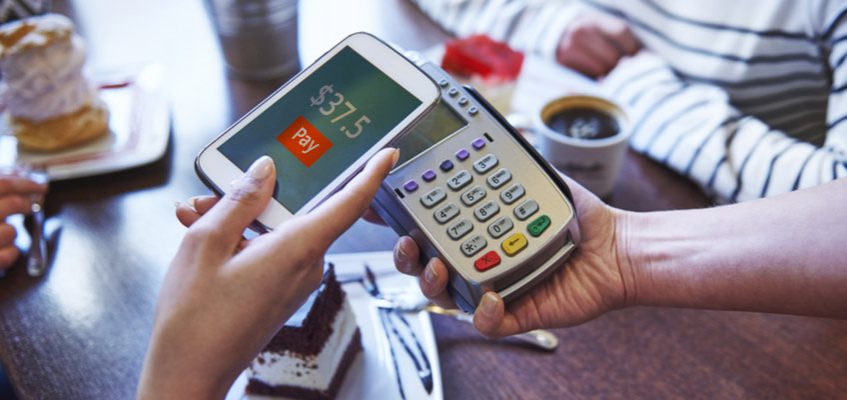

Target recently announced that they’ll be implementing in-store smartphone payment technology. While there are already services like Google and Apple that offer this type of walletless payment, Target plans to break into the mobile payments field with an in-store payment app of their own.
This is not a Target-exclusive concept. Kohl’s and Wal-Mart have already embraced in-store mobile payments, and across the world, retailers and corporations are also diving head first into the digital reality. Are mobile payments the next wave of technology for eSellers and retailers to embrace?
According to a Business Insider report, mobile payments will top $800 billion by 2019. Honda is unveiling a line of cars with dashboard payment features at the next Consumer Electronics Show in Las Vegas. The technology will let drivers pay for things like gas and parking from their car’s dashboard. Ford and Volkswagen are also experimenting with this technology.
China is already using this technology across the country. With 695 million mobile users, it’s not surprising that companies are jumping on the mobile payments bandwagon. Everything from buying movie tickets to paying your electric bill can be done on your smartphone. With technology like this, who needs a wallet?
The journey towards mobile payment dominance has had its ups and downs. From US Telecom’s Isis attempt to the slightly more successful Google Wallet, there have been some major breakthroughs as well as significant setbacks along the way.
With 2017 dawning, developers, retailers, and consumers are all hopeful that this will be the year to embrace mobile payments. The technology behind the concept is pretty simple once you break it down.
There are four types of mobile payments available:
Current technologies work through a near-field communication (NFC) network. An NFC lets two machines talk to and share information with each other when they’re close by. So a smartphone can talk to a cash register at your local Wal-Mart, letting you pay for your purchase directly on your phone.
The two most common methods for using the NFC system are:
Like any innovation, there are benefits and setbacks to the concept. Mobile payments can potentially bring about a revolution in payment convenience, along with some other benefits like:
Mobile payments certainly seem to be a faster, easier, smart solution. But are we forgetting about a major group of people? What about the folks who don’t have smartphones or just can’t get a handle on technology? While 695 million may sound like a whole lot of users, this figure only makes up about half of the Chinese population. There’s another 642 million people out there who never even touch the internet. Mobile payment platforms would exclude a major percentage of the population.
Also mobile payments may add confusion for many shoppers. People aren’t used to the new technology, platforms are still being developed, and the entire concept is still working out its kinks. Many providers are offering incentives to their shoppers, like gift cards to Starbucks or discounts for using the new mobile platform, as a way to encourage people to embark upon the mobile payment journey, even if they may not initially be interested. Governments can help the process along by making mobile and internet devices more accessible to the less technology-connected populations, and proper education would also go a long way towards this end.
Security could possibly be another cause for concern. While personal data is saved more securely on mobile devices, failure to implement proper security measures could lead to major hack attacks.
Are mobile payments the next step in digital transformation or just a passing fad? In order for this technology to really take off, the whole process has to be enticingly easy, offering shoppers a smooth, fast user experience. That also means getting all the players in-sync (banks, retailers, mobile services, smartphone developers, app platforms) – a lot of cross-industry cooperation is required, a tall order for a self-centered market.
2017 promises to be an interesting year for both online and brick-and-mortar retailers, and everyone’s waiting to see if mobile payments will be the solution we’ve all been waiting for.